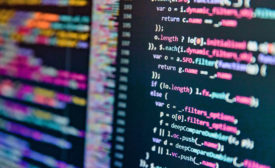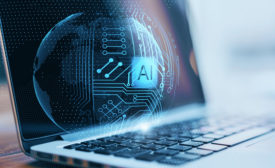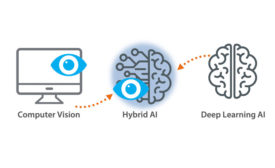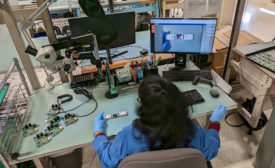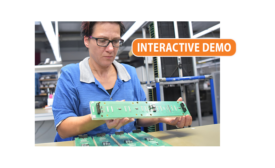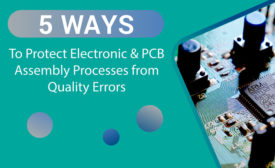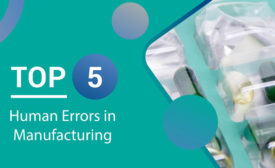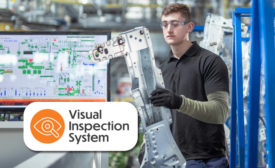Automate Quality Inspection With AI
sponsored content
Part 1: AI Consistency for Subjective Human Decisions – Electronics Assembly
November 9, 2022
sponsored content
Pleora’s Visual Inspection System Ensures End-to-End Quality for DICA Electronics
July 5, 2022
Sponsored Content
Interactive Demo: Decision-Support and Electronics Inspection
May 2, 2022
Sponsored Content
Digital Transformation Checklist for Manufacturers
Start your digital transformation journey in manufacturing and assembly with this simple checklist
May 2, 2022
Sponsored Content
Protect Electronic & PCB Assembly Processes from Quality Errors
May 2, 2022
Sponsored Content
Automate Error-Prone and Time-Consuming Manual Inspection
February 16, 2022
Never miss the latest news and trends driving the manufacturing industry
Stay in the know on the latest assembly trends.
JOIN TODAY!Copyright ©2024. All Rights Reserved BNP Media.
Design, CMS, Hosting & Web Development :: ePublishing

